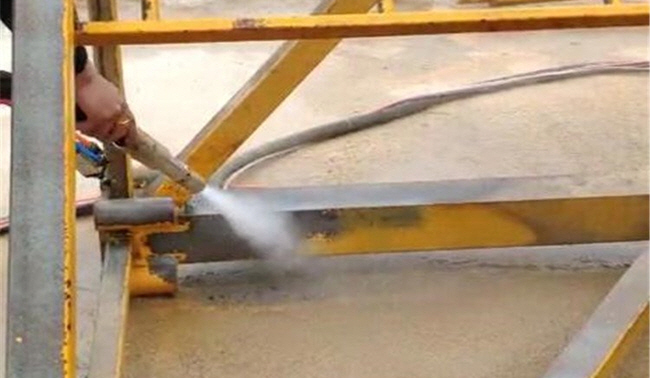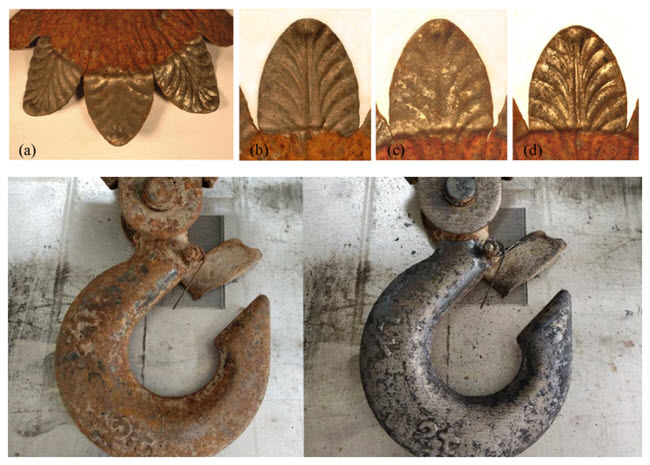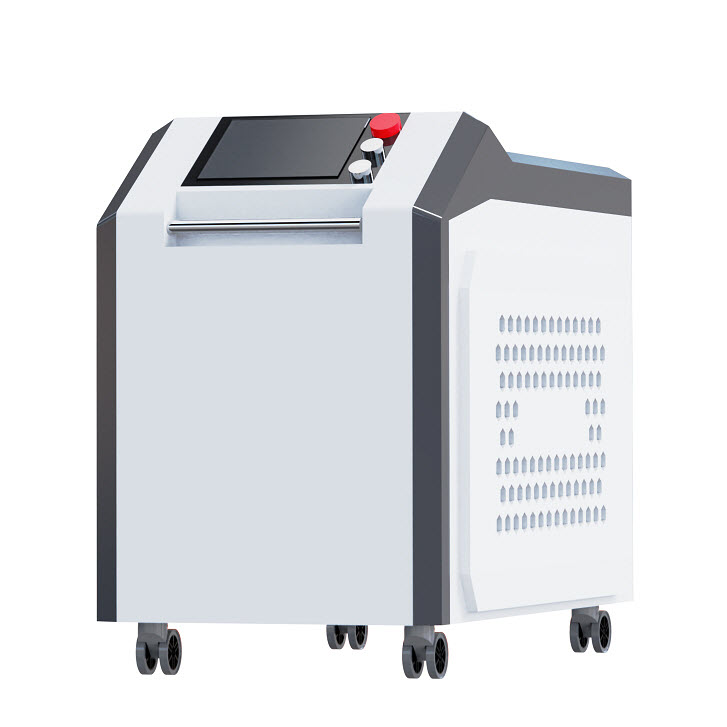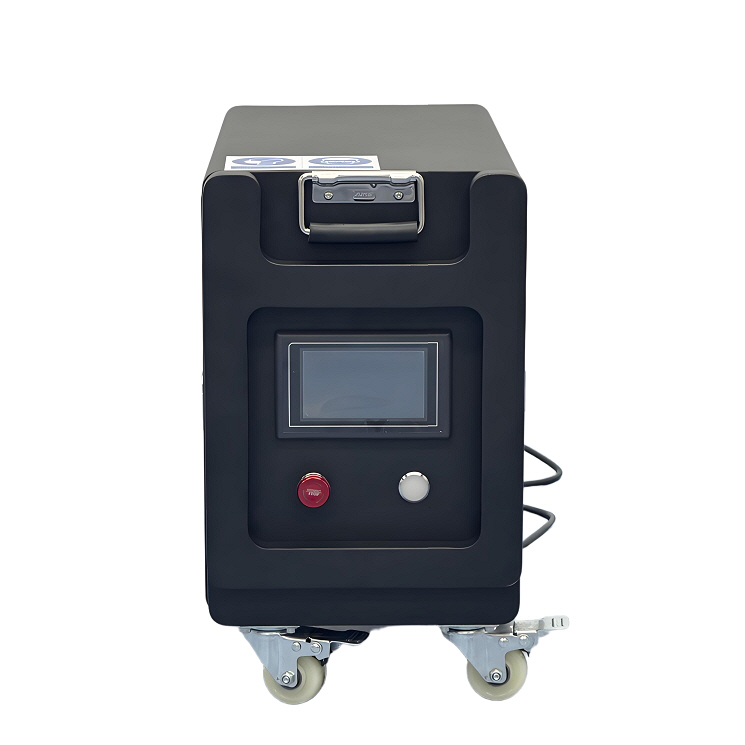
How to Remove Rust and Paint from Metal Effectively?
2025-05-19Metal products are everywhere in our daily life and industrial production, and they provide great convenience for our lives. However, rust often appears on the metal surface after a period of time, which not only affects the beauty of the metal, but may also reduce the service life of the metal products. Therefore, it is particularly important to know how to effectively remove rust and perform metal maintenance. In this article, we will share with you how to effectively remove rust and paint from metal, as well as tips on how to avoid metal rust. I hope these methods can help you protect the luster and firmness of metal products.

I. How to Remove Rust from Metal?
Rust refers to a change in the oxidation of metal and oxygen in the air. Generally speaking, rust refers to the change of the original shape and texture of the material, such as iron rust or basic copper carbonate. Rust will cause the deterioration of steel products or structures. The volume of rust is larger than that of the same mass of iron, so rust will squeeze the adjacent unrusted parts, causing damage. Below are the tips about how to clean rust from metal:
1. Use white vinegar to remove rust
White vinegar is a natural rust remover that reacts chemically with rust on metal and breaks it down. It's very simple to use: just soak the metal in white vinegar for a few hours, then gently wipe off the rust with a cloth or brush. This method is suitable for small metal products, such as keys, screws, etc. It should be noted that white vinegar may corrode some metals, so it is best to test it in an inconspicuous place before using it.
2. Use potatoes and dishwashing detergent to remove rust
This method may sound a bit strange, but it actually works quite well. Cut a potato in half, cover the cut with dishwashing detergent, and then place the potato on the rusty metal and let it sit for a few hours. The oxalic acid in the potato and the ingredients in the dishwashing detergent will react chemically with the rust layer, making it easier to remove. Then use a brush to gently scrub the metal surface to remove the rust.
3. Use lime and salt to remove rust
The combination of lime and salt is also an effective rust removal method. Sprinkle salt on the rusty metal surface, making sure the rust is thoroughly covered, then squeeze the lime juice over the salt. Let the mixture sit on the metal surface for 2 to 3 hours, then use a brush to brush off the rust and the mixture together. This method is suitable for metal products with a relatively flat surface.
4. Use baking soda to make a paste to remove rust
Baking soda is a versatile cleaner that can also be used to remove rust. Mix baking soda and water into a paste and apply it to the rusty metal surface. After waiting for a while, use a brush to brush off the rust and the paste together. This method is suitable for metal products with lighter rust.
5. Use sandpaper or grinding wheel to remove rust
For lighter rust, you can use sandpaper or grinding wheel to rub and scrape it. This method can quickly remove surface rust, but it may not be effective for deep or hard-to-reach places. When using sandpaper or grinding wheel, you need to pay attention to the strength and direction to avoid scratching the metal surface.
6. Use chemical rust removers to remove rust
There are some chemical rust removers on the market that are specifically used for rust removal. They can quickly and effectively remove rust from metal surfaces. When using, just spray the rust remover on the rusty metal surface, wait for a while, and then rinse it with clean water. However, it should be noted that chemical rust removers may irritate the skin and eyes, so you need to wear protective gloves and glasses when using them.
7. Use mechanical rust removal tools to remove rust
For large areas of rust or difficult-to-handle metal products, you can consider using mechanical rust removal tools, such as wire brushes, electric rust removers, laser rust removers, etc. These tools can quickly and effectively remove rust from metal surfaces, but you need to read the instructions clearly before operating, use professional operating methods, ensure personal safety and avoid damage to the metal surface.
II. Tips About How to Prevent Metal from Rust
In order to avoid metal rust, we should pay attention to the maintenance of metal products. Here are some common metal maintenance tips which may help you a lot:
1. Keep dry
Metal is prone to rust in a humid environment, so try to avoid metal contact with water or humid environment. If the metal surface is accidentally wetted by water, it should be wiped dry as soon as possible and kept dry.
2. Apply rust inhibitor or paint
Applying a layer of rust inhibitor or paint on the metal surface can isolate the metal from the outside oxygen and water, thereby reducing the possibility of rust. Regularly inspecting and repairing damaged parts of the coating can maintain its protective properties.
3.Control the environment
Try to avoid exposing the metal to corrosive gases, chemicals or environments containing salt. If these environmental factors cannot be avoided, consider using anti-rust packaging solutions to protect the metal.
4. Regular inspection and maintenance
Regularly checking the condition of metal parts can promptly detect and repair any signs of damage or corrosion. For damaged parts, timely measures should be taken to repair or replace them to avoid further damage.
5. Treatment of special metal materials
For some special metal materials, such as stainless steel, copper, etc., specific chemical treatment methods such as pickling, electroplating or phosphating can be used to form a protective chemical film to provide an additional protective layer.
Regular maintenance and protective measures are also key to keeping metal surfaces rust-free and in good condition.
III. How to Remove Paint from Metal?
The paint on the metal surface is easily eroded by air, moisture and temperature due to long-term use, and the paint is easy to fall off, affecting the appearance and reducing the ability to prevent metal corrosion. Or if the metal object is to be refurbished or recycled again, it is necessary to first remove the paint on the metal surface. Only after the paint on the metal surface is removed can the metal surface be painted again. The following are some methods about how to remove paint from metal surfaces:

Mechanical paint stripping method
Mechanical paint stripping is to remove the coating by mechanical friction, usually including manual grinding, power tools, sandblasting (shot), high-pressure water (abrasive) jet and other methods. Depending on the friction medium, the removal effect is different. Generally, it can directly remove the exposed substrate and achieve a certain degree of roughness. If you use manual grinding of the workpiece, the efficiency is low, which may cause a certain degree of waste of human resources. In addition, if the manual operation is improper, it may cause a certain degree of damage and scratches on the surface of the metal product, so it needs to be operated with caution.
High-temperature decomposition paint stripping method
High-temperature decomposition paint stripping is to make the powder coating film under sufficiently high temperature and time conditions, so that the organic polymer compounds in the coating film are degraded, burned and vaporized, and the non-combustible fillers and pigments in the coating film generate charred residues, which can be removed by pressure cleaning equipment to achieve paint stripping. The means of high-temperature decomposition can be open flames, hot cleaning furnaces, hot fluidized bed furnaces, molten salt baths and lasers.
Paint stripper method
Paint strippers mainly use the effect of organic solvents to dissolve and swell the paint to achieve the purpose of removing the remaining coating film on the surface of the substrate. Paint strippers are easy to use, have high paint stripping efficiency, and are less corrosive to metals. The advantages of using paint strippers to strip paint are high efficiency, can be used at room temperature, are less corrosive to the substrate, are simple to construct, and do not require additional equipment. When using this method, please try to choose paint strippers that are environmentally friendly, non-toxic, and non-flammable.
IV. Laser to Remove Rust and Paint from Metal in Industrial Process
In the industrial filed, engineers usually use the laser cleaners to clean rust and paint from various metal materials such as stainless steel, aluminum, copper, iron as well as various alloys. Laser rust removal belongs to the category of laser cleaning. Its physical principle can be summarized as follows: the light beam emitted by the rust cleaning laser is absorbed by the contamination layer on the surface to be treated. The absorption of large energy by the contamination layer forms a rapidly expanding plasma (highly ionized unstable gas), and then generates a shock wave, which breaks the contaminants into fragments and removes them, thereby achieving the purpose of rust removal.

The requirement for laser rust removal is that the light pulse width must be short enough to avoid heat accumulation that damages the treated surface; in order to effectively clean while ensuring the safety of the substrate material, the laser parameters must be adjusted according to the situation so that the energy density of the light pulse is strictly between two thresholds. An important result produced by the two thresholds is the self-control of rust or paint removal. Light pulses with energy density higher than the first threshold will continue to remove contaminants until they reach the substrate material. Because its energy density is lower than the damage threshold of the substrate material, the substrate will not be damaged.
Metal laser rust removal will not damage the substrate surface, nor will it even change the physical characteristics of the substrate. Laser rust removal uses lasers with a certain peak power and single pulse energy. When the laser comes into contact with the work surface, it can be imagined as using small energy balls to hit it one by one. The rust will absorb the energy. Due to the short action time, the rust on the surface absorbs the energy and vaporizes instantly, and cannot conduct heat downward, which will cause the surface rust to disappear instantly without damaging the workpiece. The processing speed is relatively fast.
If you are interested in laser cleaning machine or rust removal laser, please contact us and we will contact you as soon as possible.


